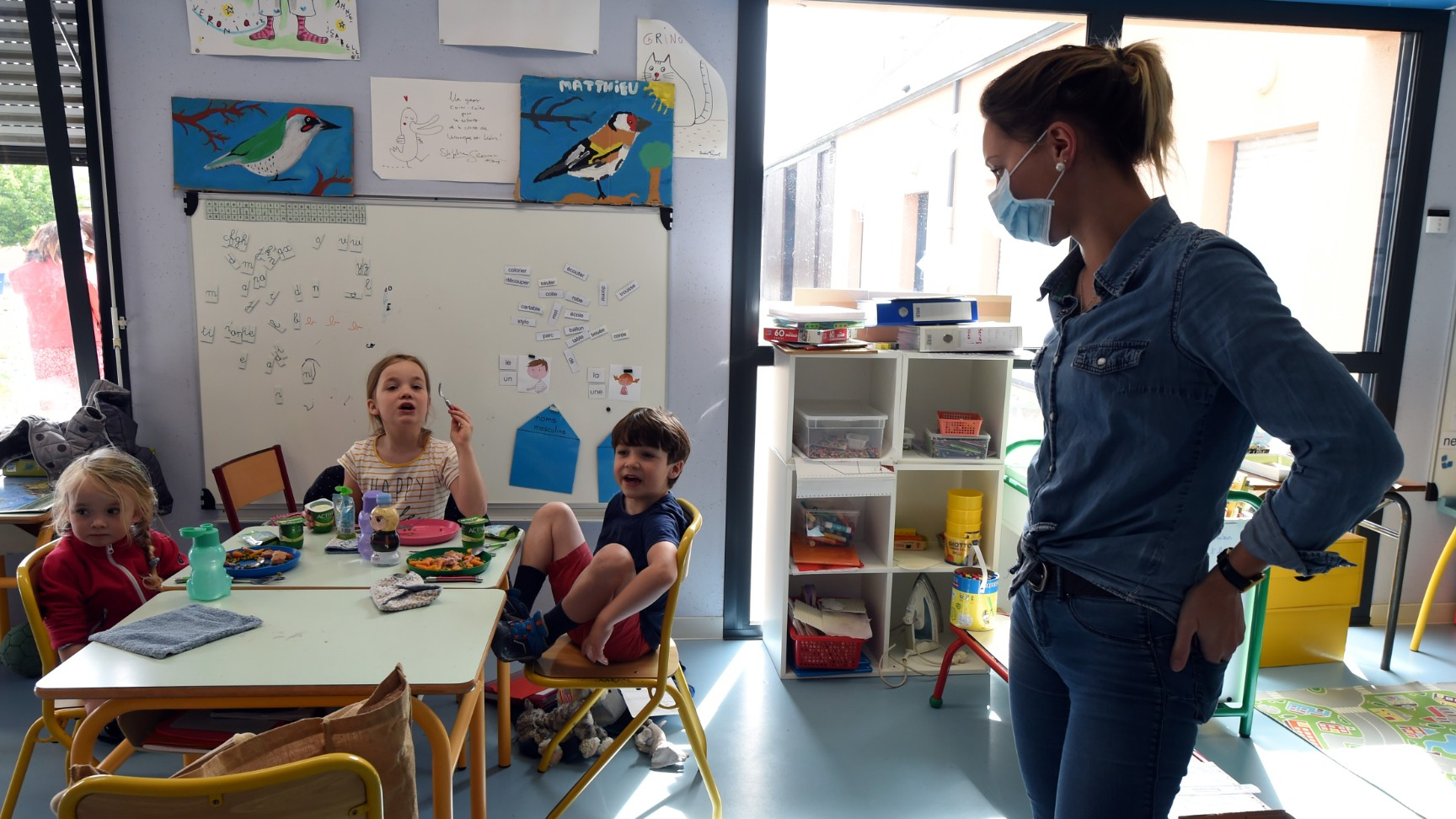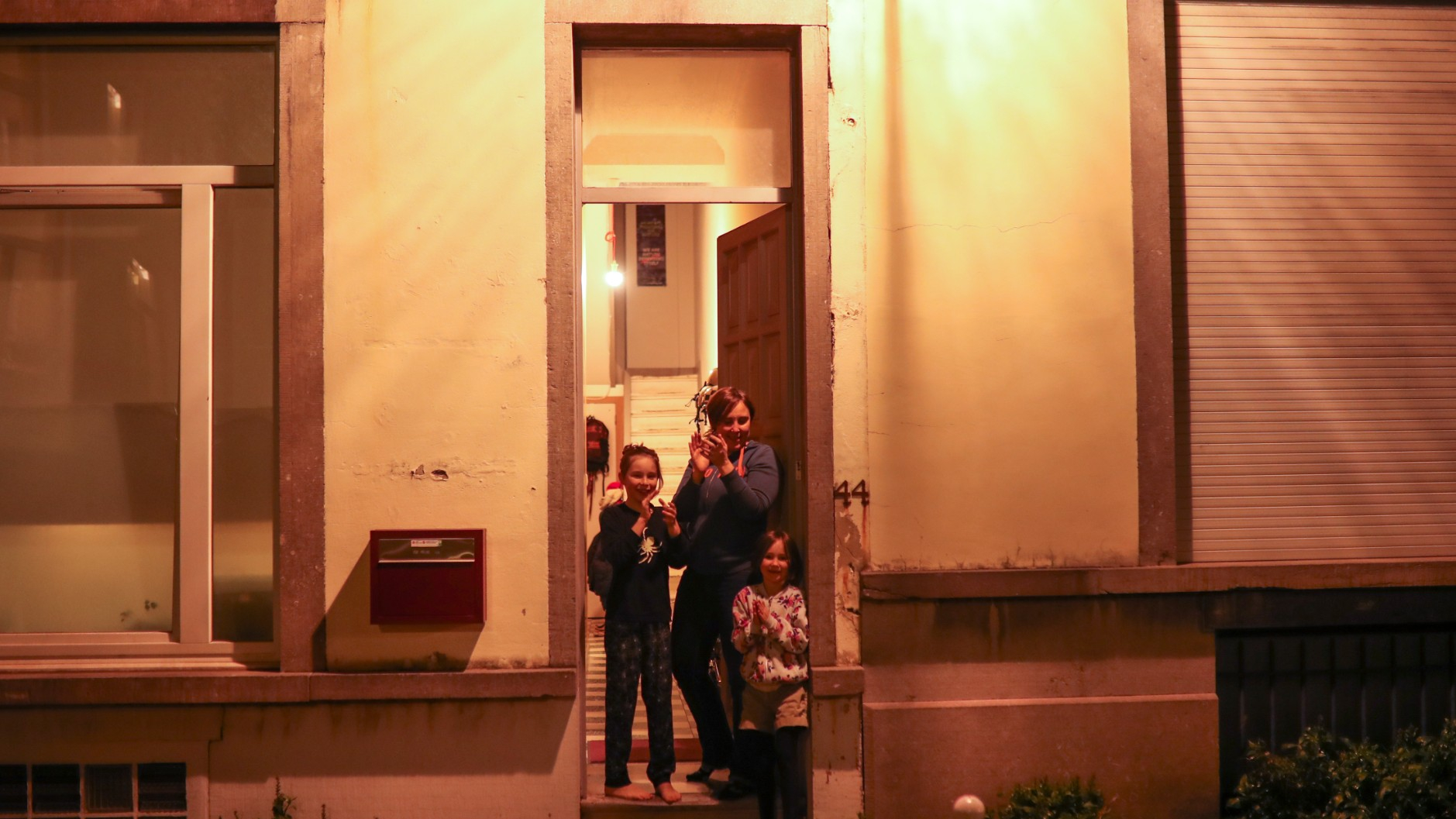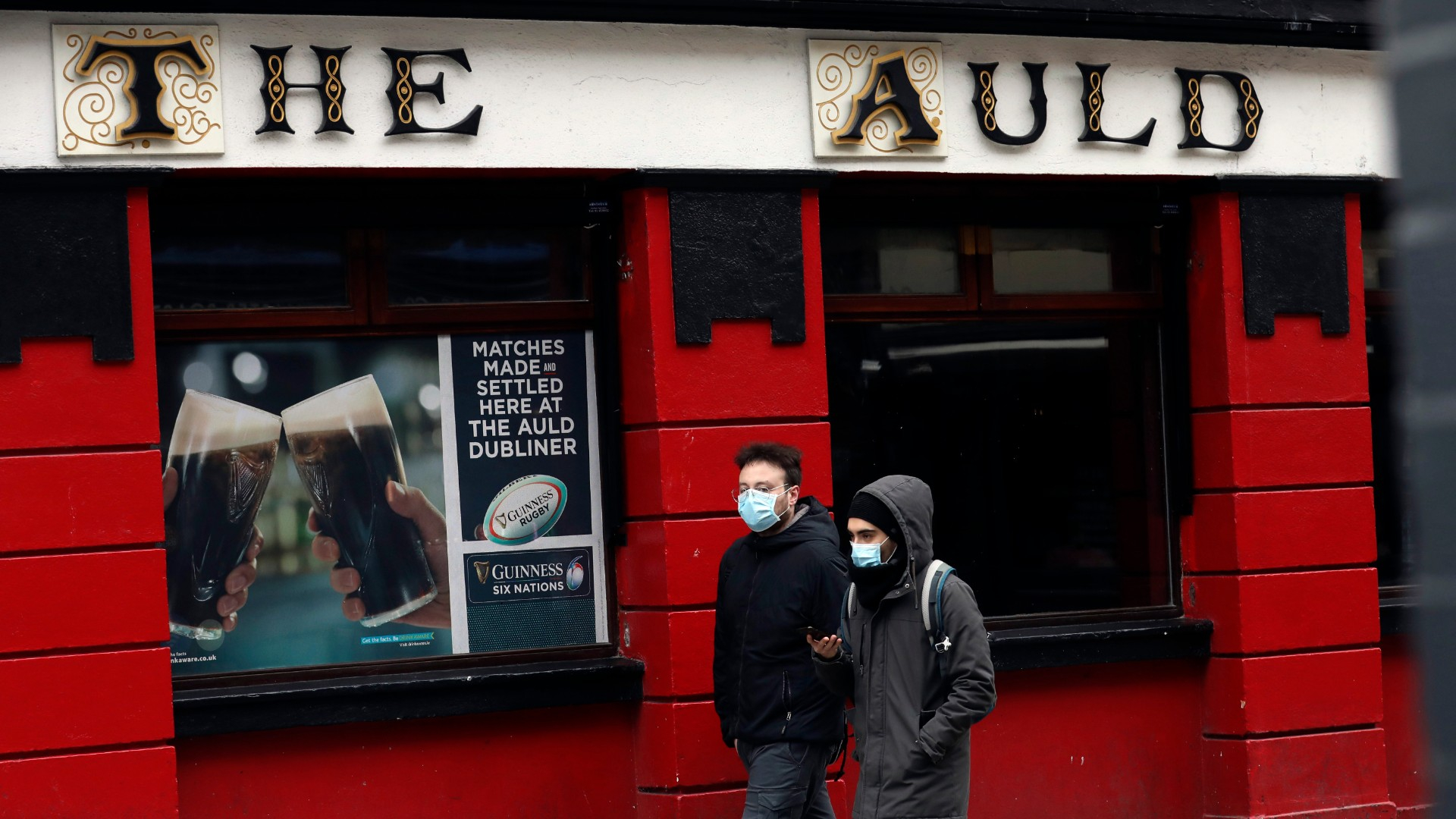
Pupils in France return to the classroom, as new research shows school closures significantly helped slow the spread of COVID-19. /Jean-Francois Monier/AFP
Pupils in France return to the classroom, as new research shows school closures significantly helped slow the spread of COVID-19. /Jean-Francois Monier/AFP
The peak of the COVID-19 pandemic may have passed in most countries across Europe but solving the conundrum of how the continent will go about easing its strict lockdown measures has only just begun. The University of East Anglia in the UK, however, has revealed a preliminary blueprint to help countries plan coming out of coronavirus lockdown.
The UEA's report has studied various social distancing measures from 30 European countries and worked out how effective they have been at reducing the number of coronavirus cases and deaths.
The study found that closing schools and prohibiting mass gatherings brought the biggest reduction in the spread of COVID-19 from day one of the introduction of such measures. Closing all non-essential businesses and stay-at-home orders, however, had little effect on flattening the curve of cases or deaths from the virus, despite their huge social and economic impact on society.
READ MORE: Exit strategies: Can things ever go back to normal?
The study's authors stress these are preliminary findings, which require further investigation and peer review before they help shape policy.
"It is vital that we carefully monitor the future trajectory of the pandemic as restrictions are gradually relaxed across Europe," said Paul Hunter, the lead researcher from UEA's Norwich Medical School. "Only then will we know with greater certainty what interventions were beneficial and what were not."
A return to normalcy, without risking a second spike, depends on taking the right decisions.

Rigidly enforced home lockdowns may not have been as effective as originally thought, according to a study by the University of East Anglia in the UK. /Francisco Seco/AP
Rigidly enforced home lockdowns may not have been as effective as originally thought, according to a study by the University of East Anglia in the UK. /Francisco Seco/AP
Closing schools
A total shutdown of education centers had the biggest effect on limiting the spread of COVID-19, helping reduce death ratios by half and cases by more than 80 percent after five weeks.
The UEA report said such measures should remain in at least some form as general lockdown measures ease.
"It is possible that partial school closures could have worthwhile impacts on the spread of infection," said Hunter, citing the example of Sweden, which closed institutions for over-16s only, as one potential option.
Banning mass gatherings
The next most effective lockdown measure at flattening the coronavirus curve was banning mass gatherings such as sporting events, concerts and shows. Though different countries have different guidelines on what constitutes a mass gathering, case infection rates were reduced by up to 30 percent and deaths by nearly half.
The notable effectiveness of this social distancing strategy backs up previous findings on outbreaks of similar respiratory infections linked to music festivals. During the swine flu outbreak in 2009, about 40 percent of cases were linked to the Exit festival in Serbia.
Home lockdowns
Not only were strict lockdown measures for people to only leave home for essential trips such as food shopping not as effective as expected, they actually resulted in an increase in coronavirus cases after five weeks.
"This result really surprised us and shows that stay-at-home orders may not be required to control the outbreak, provided this does not lead to more mass gathering," said Julii Brainard, also from UEA's Norwich Medical School.

The closure of non-essential businesses where many people congregate, such as pubs, has gone a long way towards flattening the coronavirus curve. /Peter Morrison/AP
The closure of non-essential businesses where many people congregate, such as pubs, has gone a long way towards flattening the coronavirus curve. /Peter Morrison/AP
Business closures
Blanket closures of non-essential shops may also have been less effective than might be expected at slowing the infection.
Case and death ratios point to a reduction of about one-quarter, but the UEA study found it was the first wave of non-essential business closures for pubs, gyms, restaurants and entertainment venues, where people come together in larger numbers, which had the most effect.
"The closure of other types of business, such as non-essential shops, seems to have made little impact on the spread of COVID-19," said Hunter.
Face masks
The wearing of face masks showed a slight spike after five weeks in the case and death ratios from coronavirus, after an initial decrease.
"The use of face coverings initially seems to have had a protective effect. However, after day 15 of the face covering advisories or requirements, we saw that the number of cases started to rise – with a similar pattern for the number of deaths," said Brainard.
Further research will be conducted as the researchers say the findings are too preliminary to inform policy.
Check out The Pandemic Playbook, CGTN Europe's major investigation into the lessons learnt from COVID-19